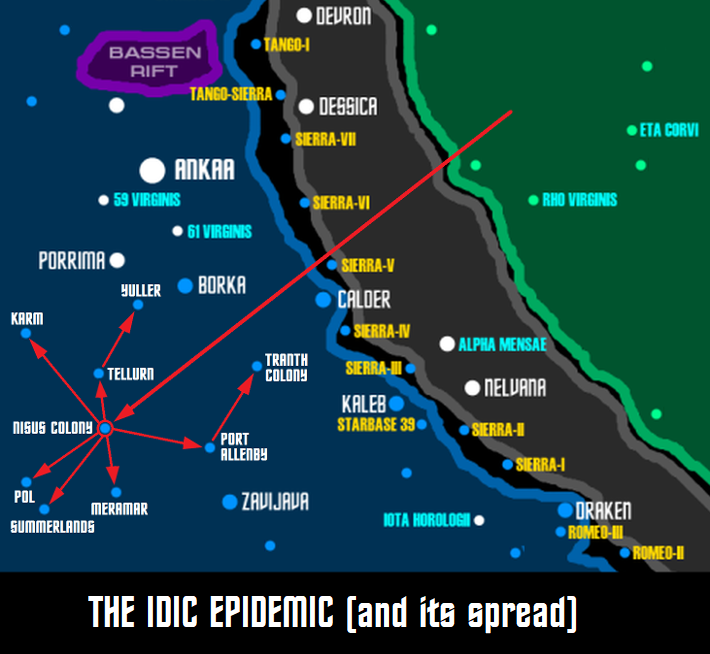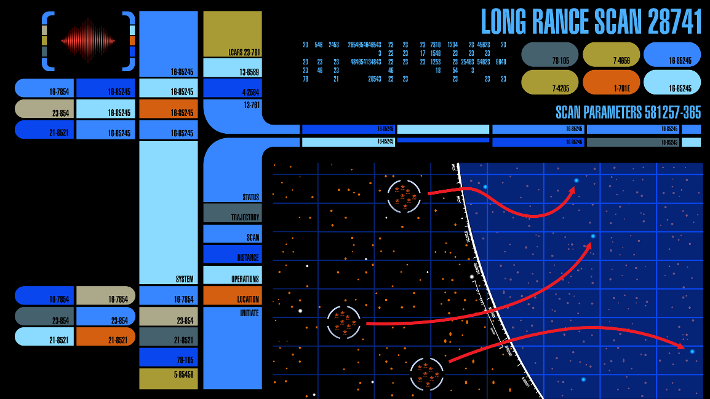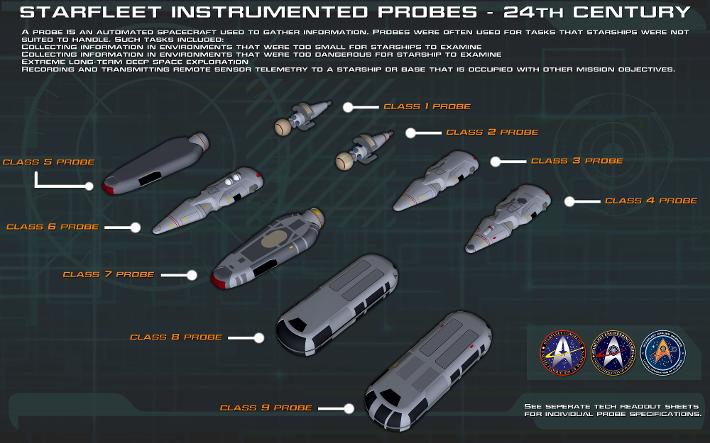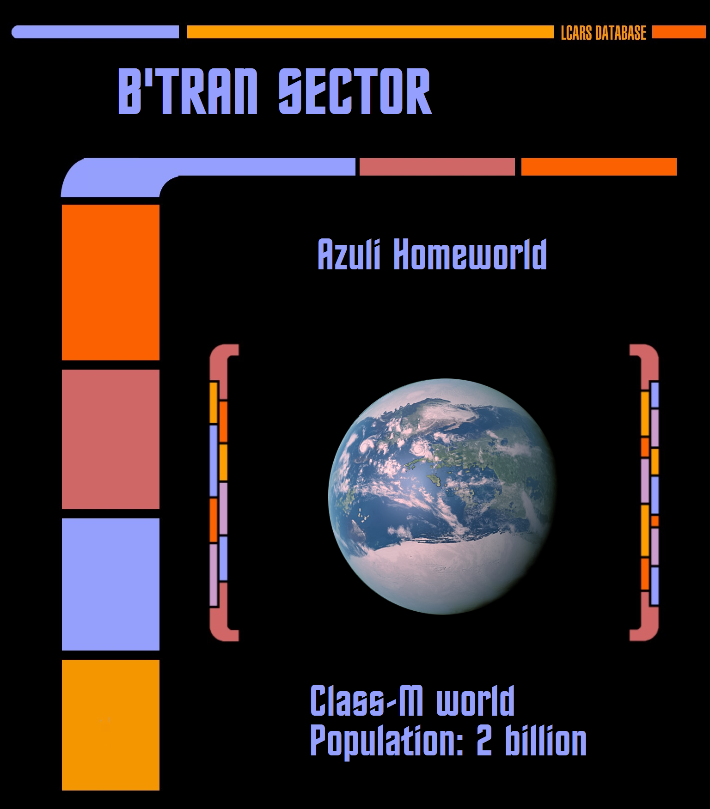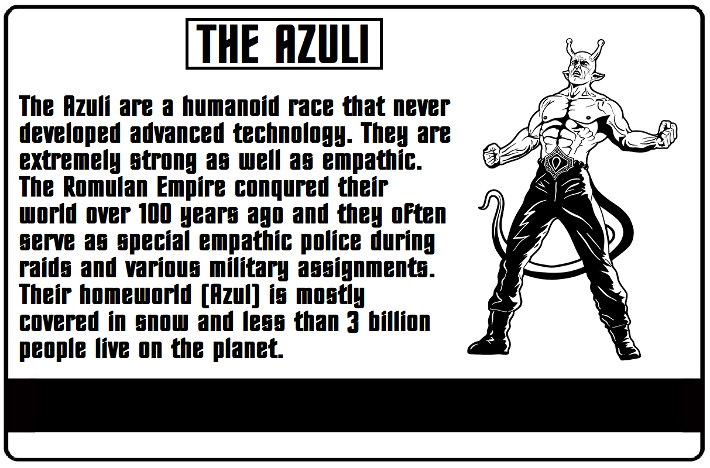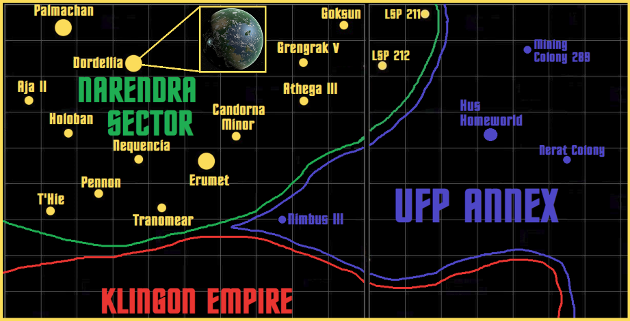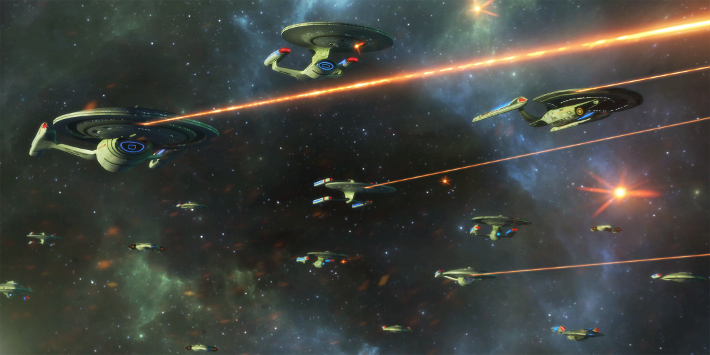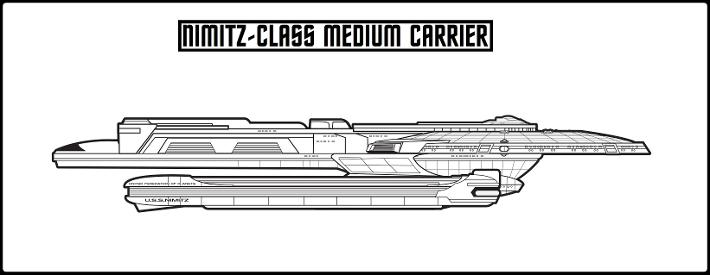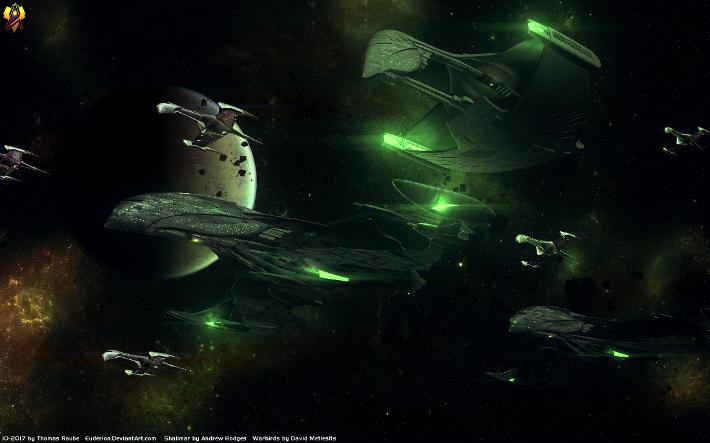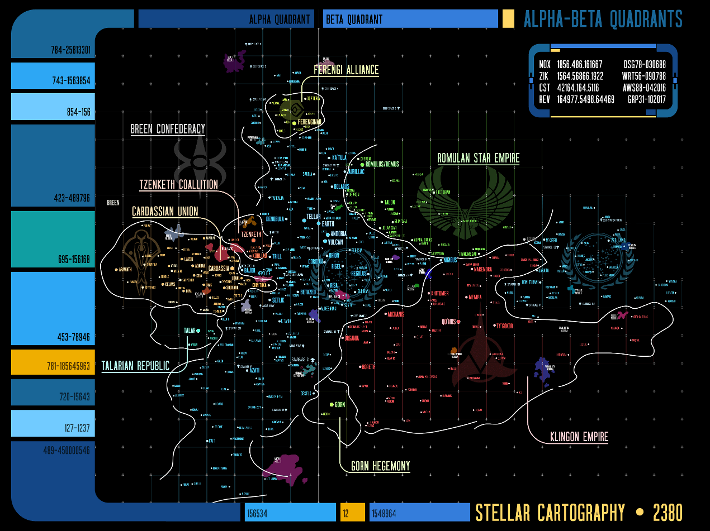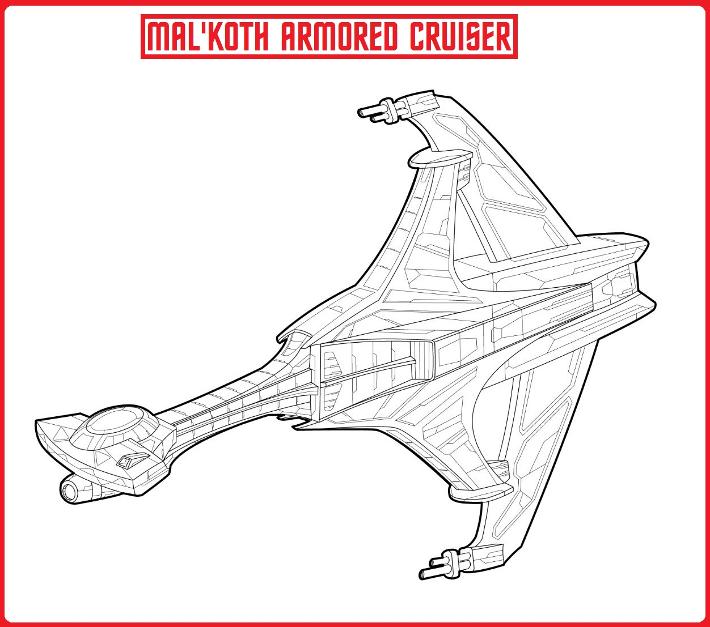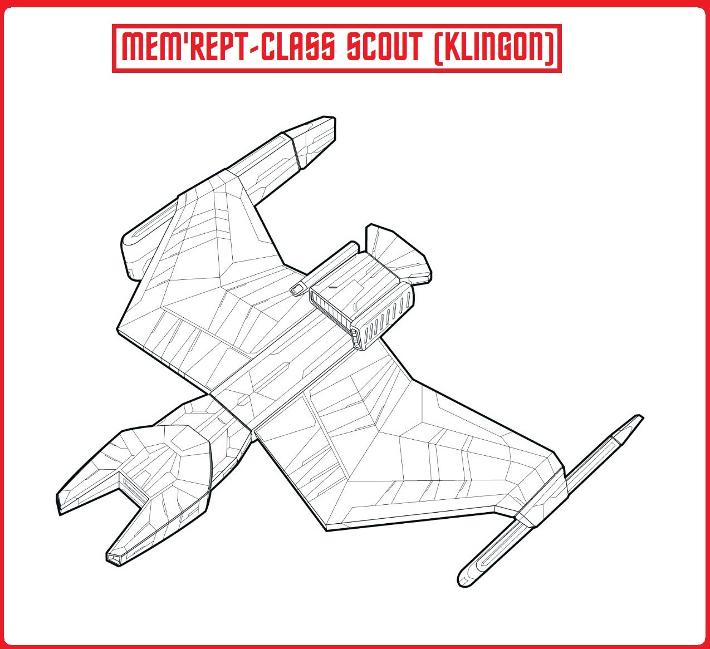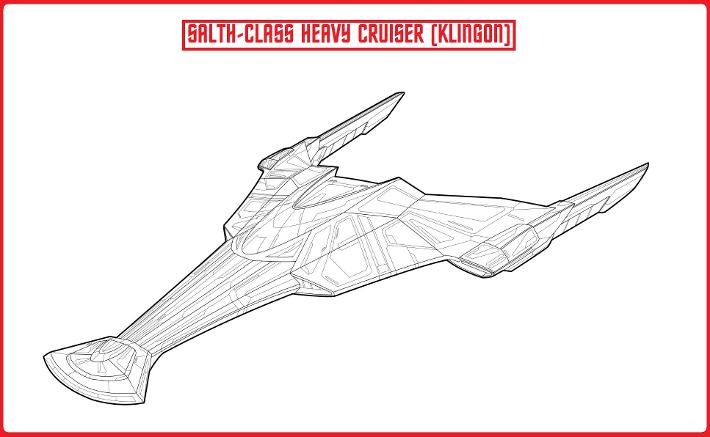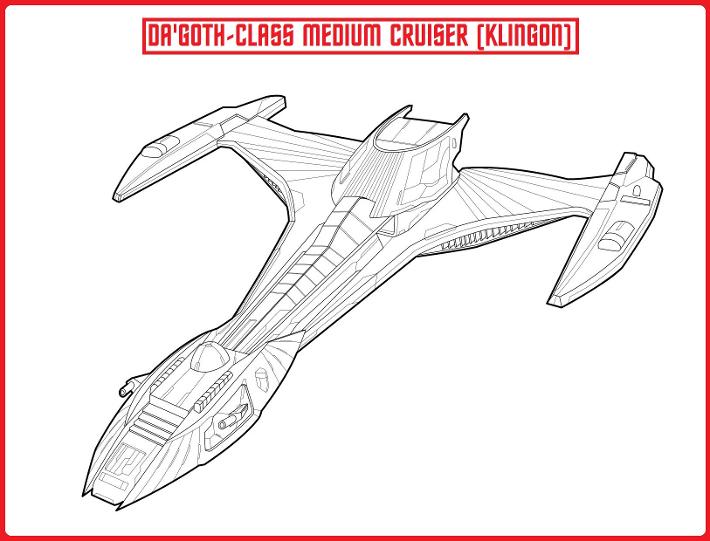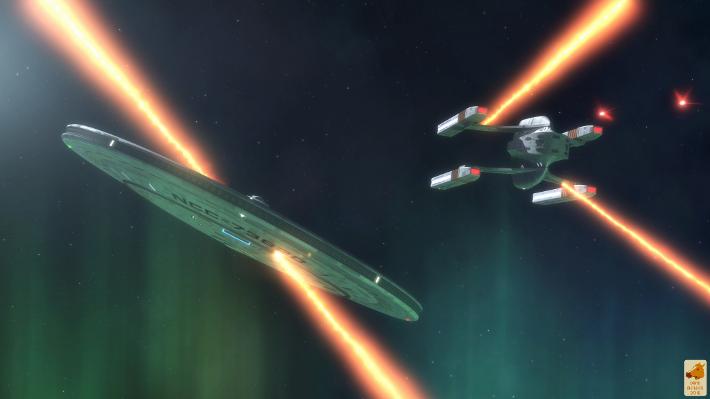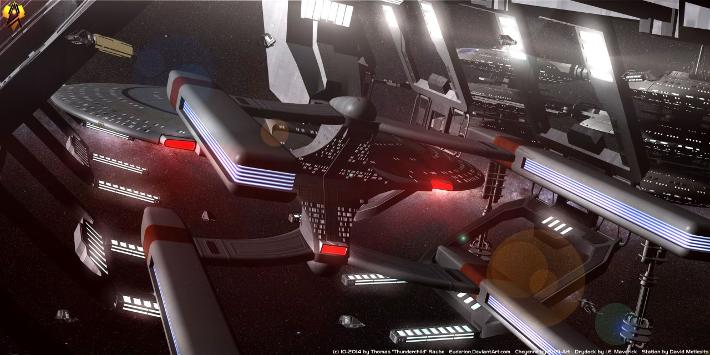OPERATION REVENGE
How the Federation joined with the Klingons to kill one of the Romulans most notorious military commanders
In early 2371, Commander Sela was a senior leader in the Romulan Navy, and she was one of the most hated women in the known universe. She was seen as a sneaky devil in naval dress, the fiend who treacherously struck peaceful, sleeping Vulcan just a few years before, and had helped instigate the most recent Klingon Civil War. And when the United Federation of Planets saw a chance for payback in April 2371 AD, there was no hesitation. Hence a code name unmistakable in its intent: Operation Revenge.
As with modern day warfare, the operation began with an intercepted message. Except it wasn’t a call from a cell phone, but rather a routine military interstellar signal. In the spring of 2371, the Romulan Empire was in trouble: the Federation and the Klingon Empire had finally invaded after recent provocations sparked an all-out war with Romulus.
Hearing of poor performance in the initial stages of the war, Sela resolved to visit the front in Narendra Sector to ascertain the situation, checking in on the massive Romulan frontier fleet base at Dordellis.
As was customary, a coded signal was sent to the various Romulan commands in the area, listing the commanders' itinerary as well as the number of military escorts in her party. But Federation codebreakers had been reading Romulan diplomatic and military messages for nearly two months, including those in the high command military code, used in various forms by the Imperial Navy at the beginning of the war. The Sela signal was sent in the new a new military variant, but that didn’t stop Federation cryptanalysts from deciphering it in less than a day.
Admiral Sortal, the overall Federation commander in the Annex, authorized the operation to shoot down Selas' starship. With typical spleen, fleet commander Commodore Declan Keogh issued his own unambiguous message: “HELL YES, LETS GET THE B*TCH.” Yet getting Sela was easier said than done. She would be travelling deep in Romulan space and any Federation ship sent on the mission would be pure suicide. However, the Klingons used cloaking technology just like their enemies and would most likely be able to hit the commanders' convoy no matter where in the Empire she was voyaging. The Federation Military Planning Council handed off all relevant material to the Klingons on Stardate 56446, letting them decide whether to take out the much-hated Romulan commander or not.
Now Commander Sela was well-known within the Klingon Empire too and was immensely detested for interfering within the Klingon Empire and sparking that just completed civil war. She had sided with the despised Duras' family during the conflict and had provided substantial material aid to them until the United Federation of Planets exposed the support, forcing her to abandon the abhorred Dusas sisters (Lursa and B'Etor), as well as any plots within the Klingon Empire. At the end of the fighting, the Klingon Supreme Leader Gowron placed a huge bounty on her head for her collusion in the civil war. Luckily, she had avoided assassination for several years, until the Klingon Navy finally caught up with her in the Dordellis System on May 16th, 2371 AD.
To hit the Romulan convoy would be tricky; cloaked vessels were almost impossible to detect but the brand new starships coming off the quays of the Klingon Empire were able to briefly overcome this weakness (although the technique was not ever shared with their "allies" the Federation). The new task force, consisting of just 12 vessels, faced a difficult task. To avoid detection, the ships were equipped with the latest 5th generation cloaking device, developed by the Klingon Navy but never before built because of its extreme cost.
Task Force 44.2 was commanded by the Klingon Civil War veteran Commander Tosk, flying his flag on a cutting edge Salth-class heavy cruiser, an untested design. Tosks' second in command (a captain Kreegmar) was aboard the state of the art warship IKS Kang'ma, a Da'goth-class medium cruiser. Both classes of warship had just finished their initial trials with flying colors and were rushed onto the battlefield in mid-2371 AD. By the end of the Resolute War, over 400 of both classes were built. With a very experienced crew from the recent intercine fighting within the Empire and using the latest weaponry, the mission to kill Romulan Commander Sela went forward with exhilaration on the part of the Klingons.
Navigating to the Doredellis System, the task force would essentially have to intercept Sela where and when she was scheduled to be. However, by calculating the speed of the Romulan D'deridex II-class battleship that would carry Sela, probable warp speed, the enemy’s probable flight path, and assuming that Sela would be as punctual as she was reputed to be, Klingon planners estimated the intercept would occur at 1800 hours.
The Klingons assigned eight Salth-class heavy cruisers and four Da'goth-class medium cruisers for the mission, of which a half squadron of six would pounce on Sela's vessel, while the remainder would cover against the escorting Romulan warships. Two Salths' aborted on the way to Dordellis, leaving just ten starships to perform the mission.
That the Klingons arrived just a few hours early was remarkable. Even more remarkable was that the Romulans appeared a short time later. Flying in tandem feet were two D'deridex II-class battleships, one carrying Sela and the other her chief of staff, Vice Admiral Ajex Soreel. They were escorted by six additional Romulan warships keeping watch from nearby. The Klingons were able to bring down the enemy cloaking devices, to the shock of the Romulans.
Still undetected, all six Salth-class cruisers moved to point blank range. The remaining four Klingon warships attacked the Romulan escorts, with the first pair, commanded by Commander Tosk and Captain K'tagain, closing in for the kill. As the two D'deridex moved to evade the interceptors, the Klingon commanders couldn’t even be sure which one carried Sela. Captain Kreegmar engaged the escorts while Tosk pursued the two battleships. Tosks' first disruptor shots and torpedo strikes slammed into the first D'deridex, an starship notorious for its immense size and firepower. With its left engine damaged, it quickly lost reactor containment and exploded. Then the second D'deridex, attacked by three of the Salths', tried to hide in a nearby asteroid belt but was destroyed just short of it. The Klingons had lucked out again: the D'deridex II that was vaporized, killing its crew and passengers, had carried Sela. From the D'deridex that tried to flee, Vice Admiral Ajex Soreel survived (after recovering at a nearby Romulan starbase, and was never heard from again).
Did Sela's death affect the war? Her initial success in sparking the most recent Klingon Civil War was audacious and brilliant, but her poor strategy a few months later destroyed the Duras' family's' chance for leadership and their entire holdings within the Empire. To be clear, there is no doubt that assassinating Sela was legal according to the laws of war. She was an enemy soldier in uniform, flying in an enemy military starship that was attacked by uniformed Klingon military personnel in marked military spaceships. This is nothing new. In 1942, British commandos unsuccessfully attempted to assassinate Rommel, and modern militaries devote great efforts to locating enemy headquarters to kill commanders and staffs. The Klingon military treated it as a purely military matter that didn’t need civilian approval. Admiral Komarr authorized the interception, and the orders were passed down the military chain of command.
Selas' death was significant on the symbolic level. But in military terms, she was just another casualty during the Resolute War.

